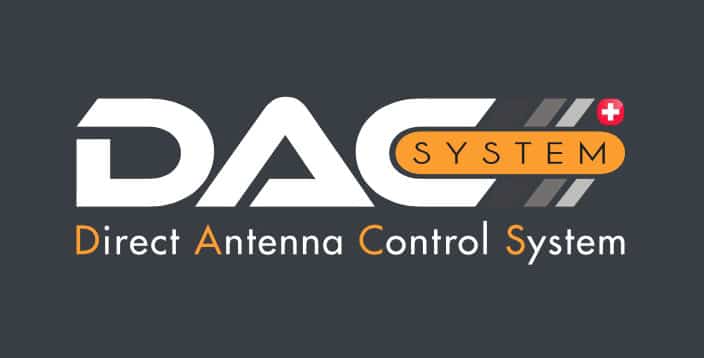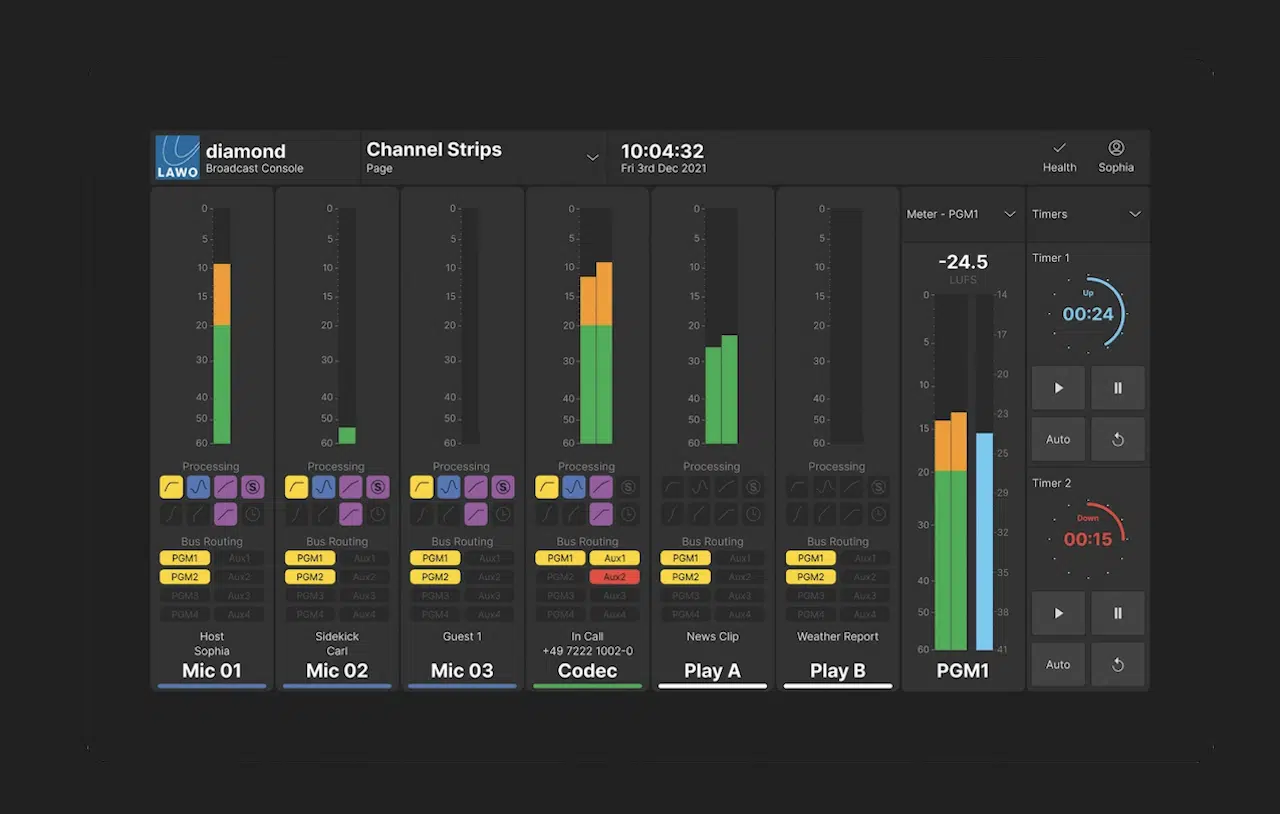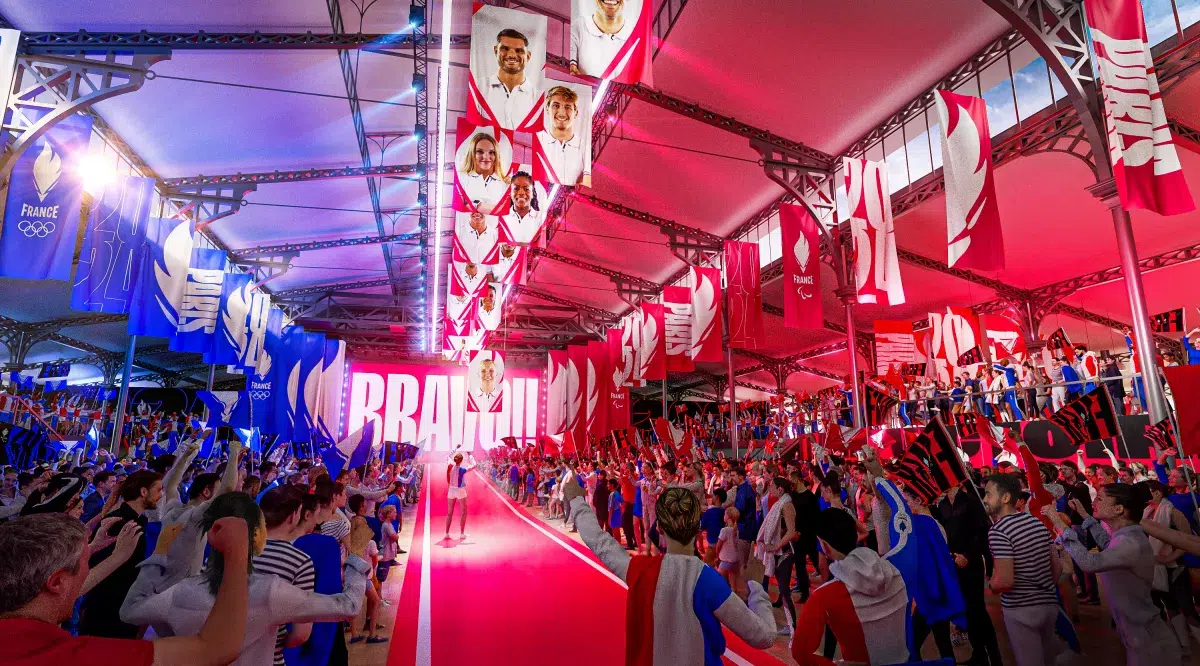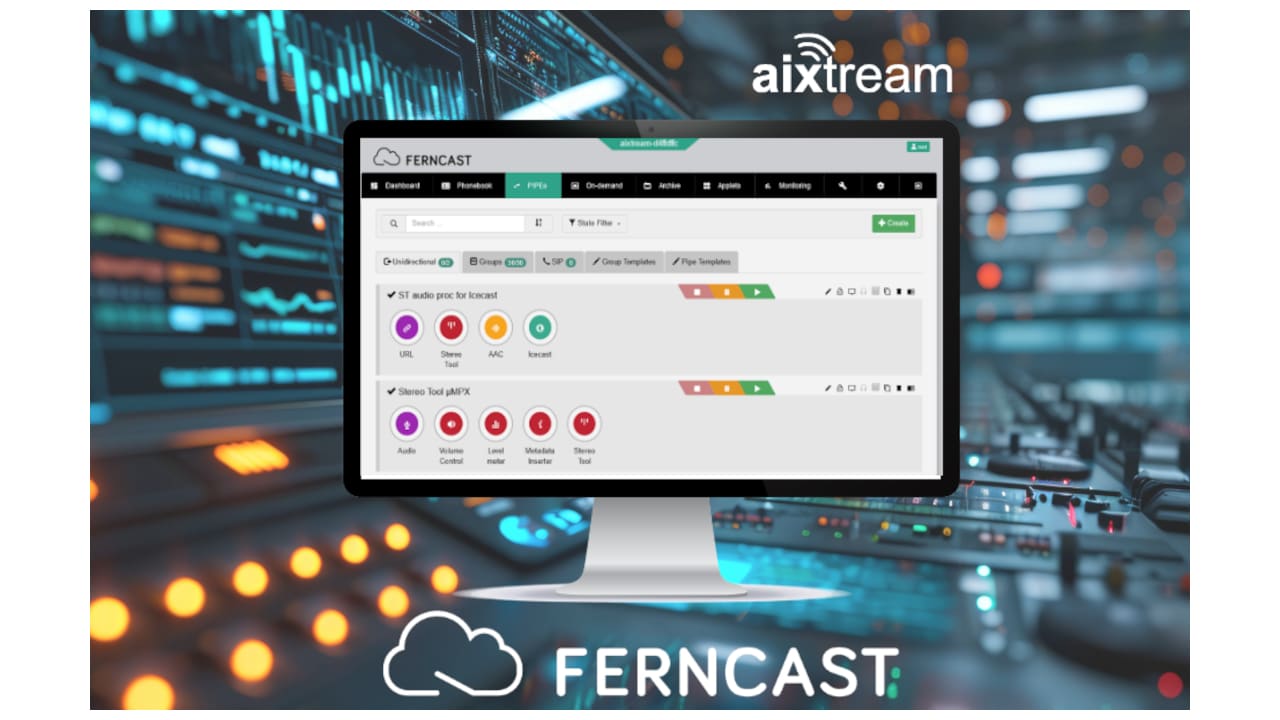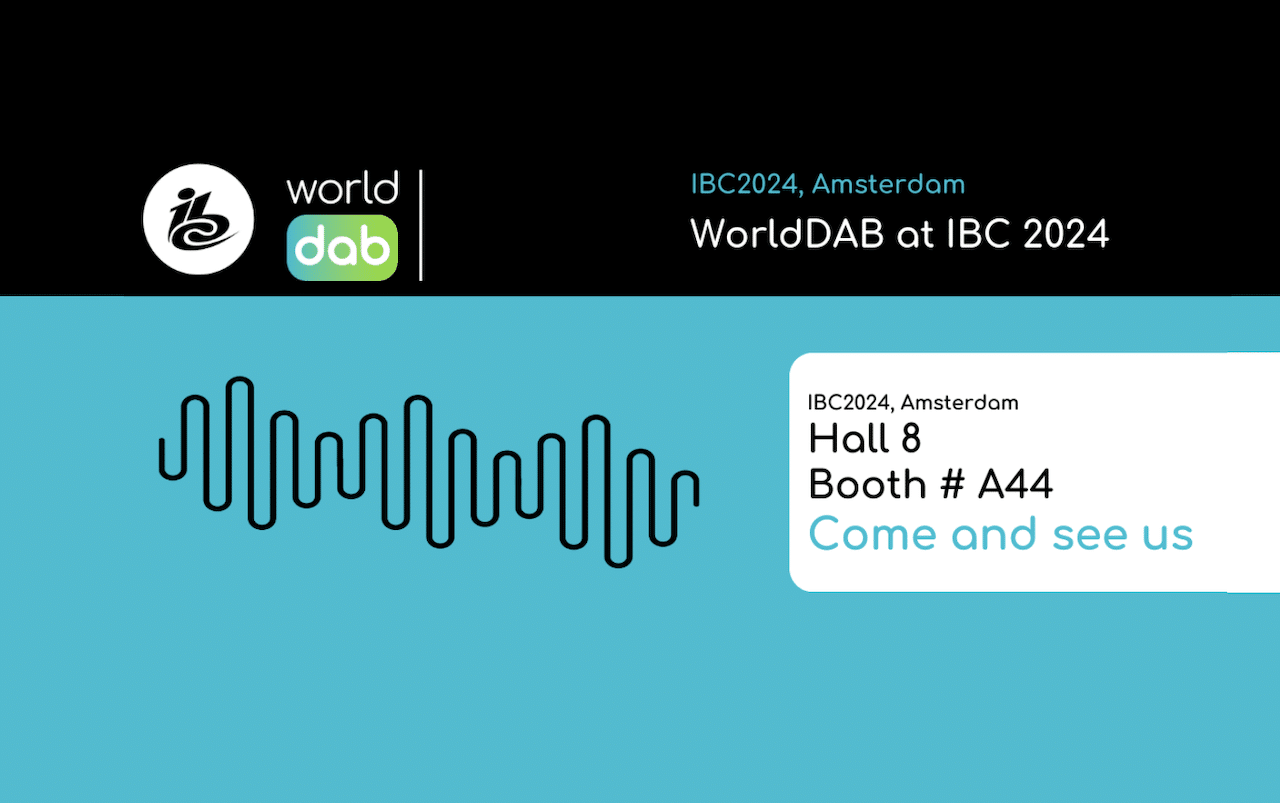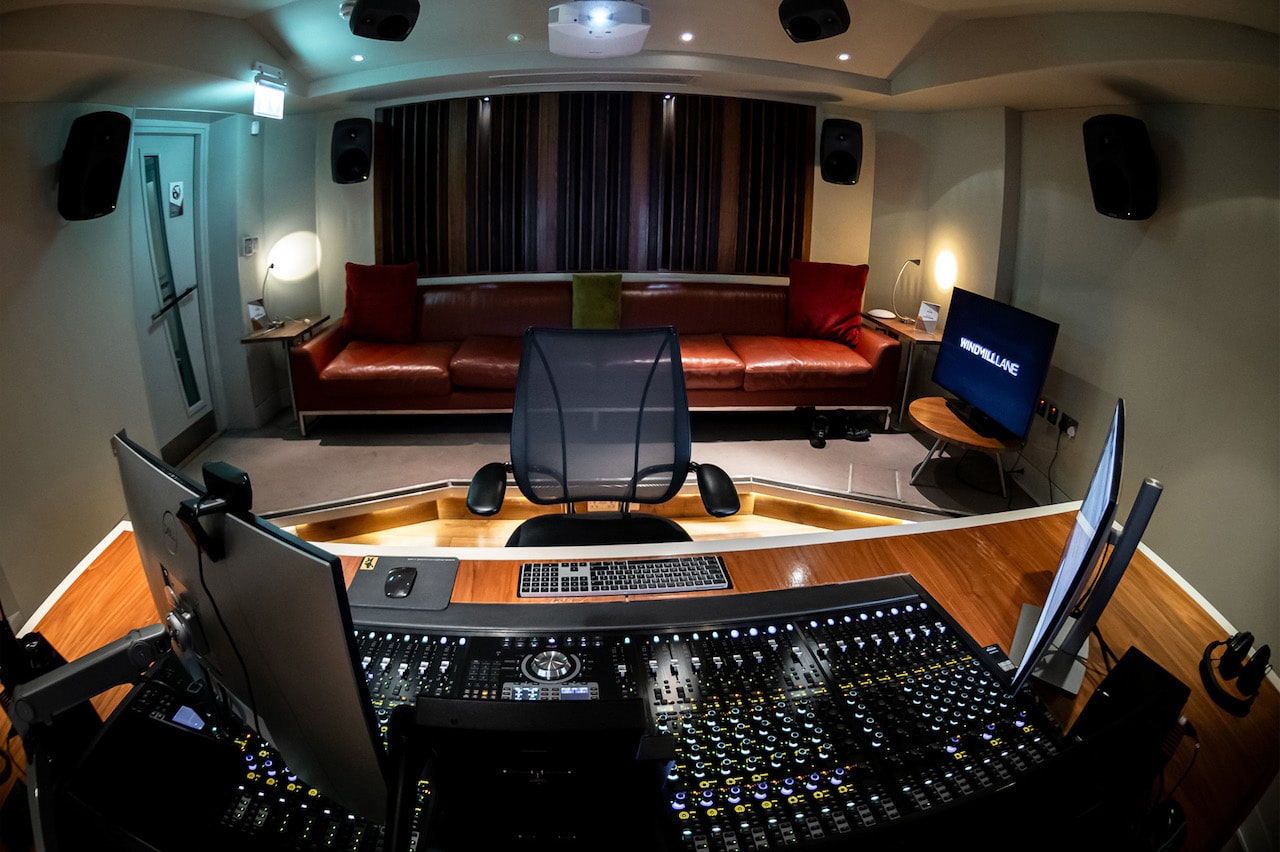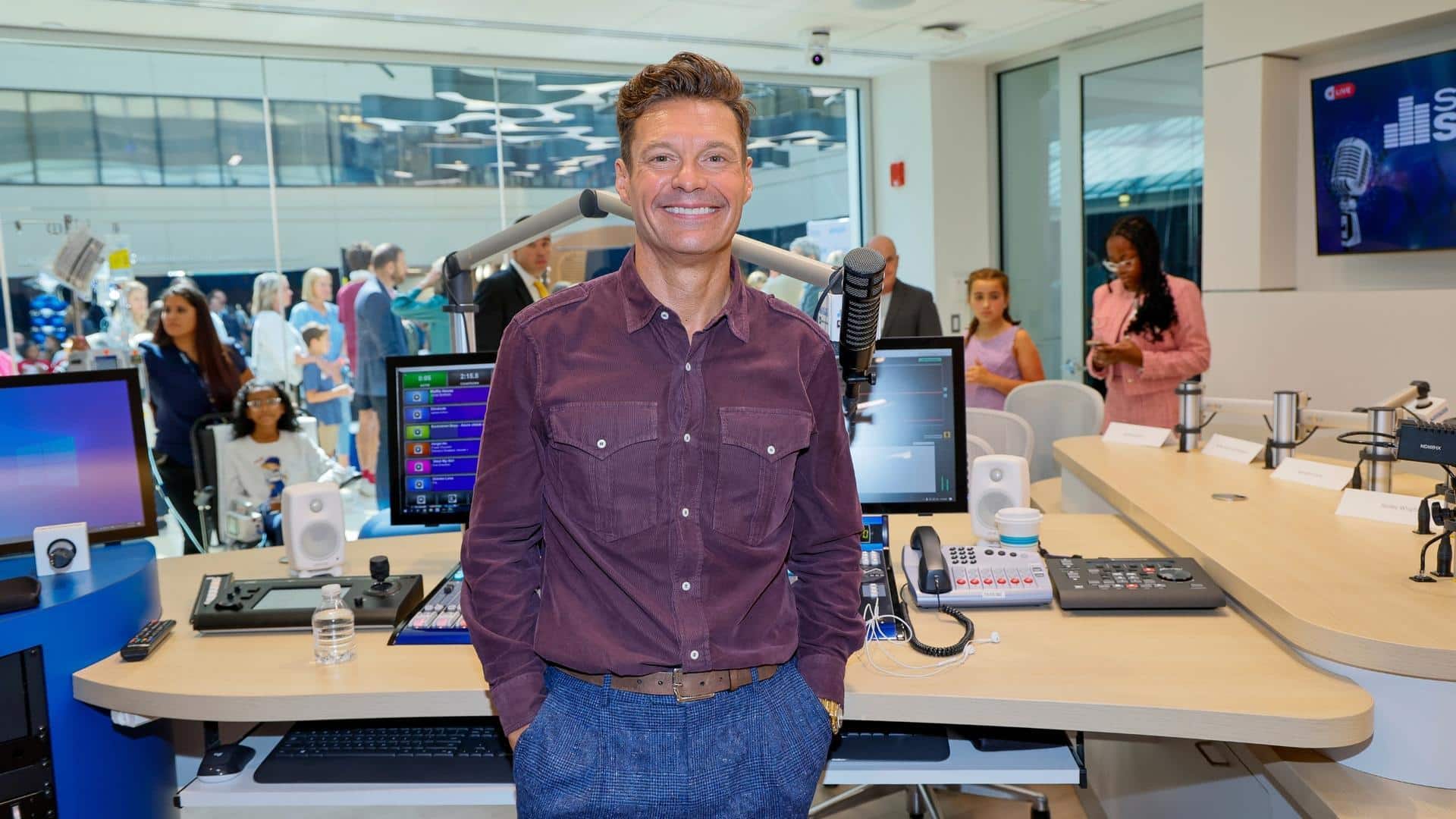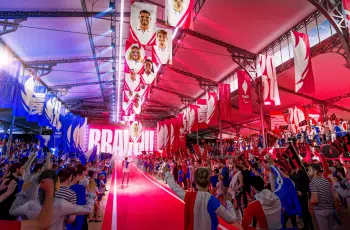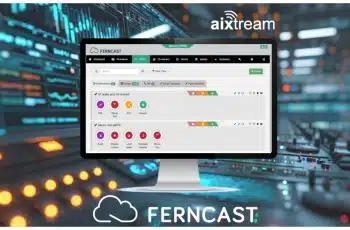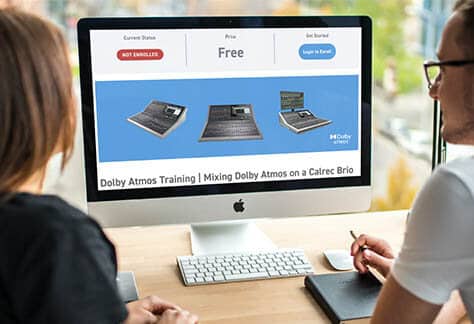
Calrec has launched a free online course for mixing live broadcasts in Dolby Atmos using the Calrec Brio console. With the increased demand from service providers who want to deliver their live events in this medium, the audio broadcast equipment manufacturer worked with Dolby to provide the certified training.
 “The broadcast landscape has changed rapidly over the last few years with the rise of live events delivered in Dolby Atmos, which is why online training courses are more important than ever,” said Mike Babbitt, director of Solutions Engineering at Dolby Laboratories.
“The broadcast landscape has changed rapidly over the last few years with the rise of live events delivered in Dolby Atmos, which is why online training courses are more important than ever,” said Mike Babbitt, director of Solutions Engineering at Dolby Laboratories.
The training modules explain how to create and monitor immersive mixes with a variety of inputs quickly and easily on the compact broadcast audio console.
Brio has 96 DSP channel inputs and is fully loaded with dynamics and delay on every path. Management of immersive channels simple, said Calrec, with the unit’s comprehensive automatic downmix facilities and the way its internal router allows post-fader outputs to be quickly patched as monitor inputs.
“Mixing in Dolby Atmos enables the ability to place an audio source freely within a three-dimensional environment; not only within a 5.1 or 7.1 bed, but also overhead,” said Henry Goodman, Calrec’s director of Product Development. “Many larger consoles have features which make this easy, but assistive features on smaller desks can also help reduce the workload when it comes to NGA mixing for live broadcasts.
“For live broadcasts, all the Dolby Atmos work is done in real time in the mixing desk rather than in post-production; there are no retakes … so mix engineers have to get it right the first time, as well as create additional outputs for host and international mixes, plus surround, stereo and mono versions,” said Goodman.
The Calrec Sound Institute also has training on Brio, Type R and Summa, as well as a series on AoIP.


